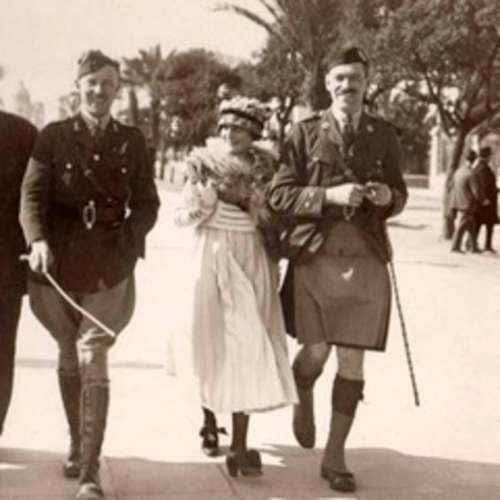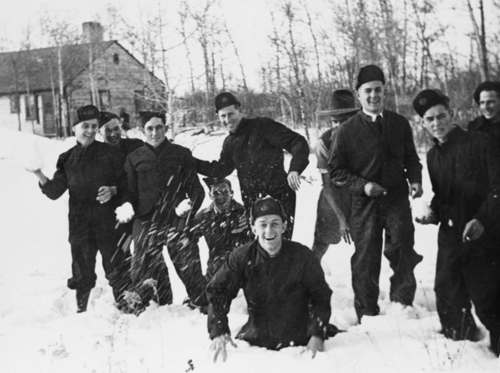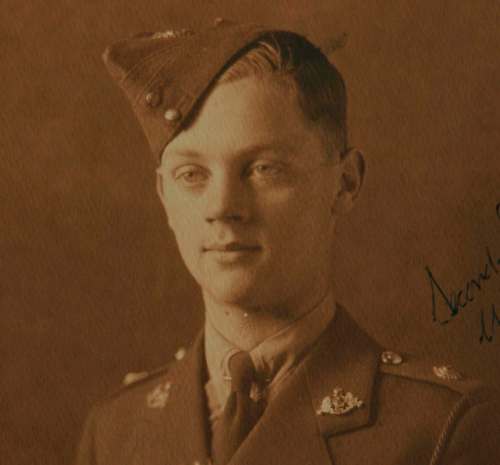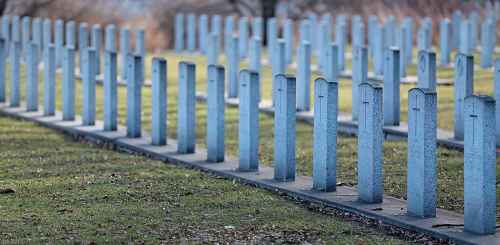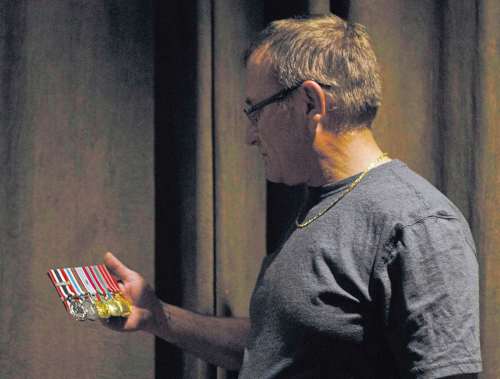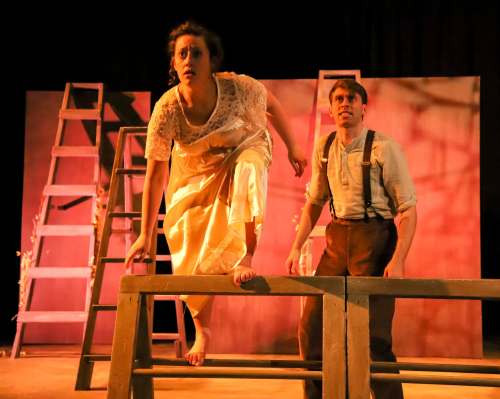Lest We Forget
Concert something to remember
5 minute read Monday, Nov. 12, 2018One hundred years ago, a battered and bruised world held its breath as the Allies and Germany signed the armistice to end the “war of all wars,” First World War on Nov. 11th, 1918.
That auspicious centenary has been commemorated all around the globe this past weekend, including military parades, religious and secular services, poignant tributes, speeches, poetry and poppy projects paying homage to the fallen, as well as all those still proudly serving their country.
The Winnipeg Philharmonic Choir added its own collective voice to the mix Sunday afternoon, launching its 96th season with Lest We Forget: 100 Years of Remembrance 1918-2018, a “journey of remembrance” featuring guest artists: Monica Huisman, soprano; Laurelle Jade Froese, mezzo-soprano; John Tessier, tenor; and Victor Engbrecht, bass with the Phil’s 90 choristers joined by the Winnipeg Symphony Orchestra at the St. Boniface Cathedral.
The two-hour, sold-out concert led by maestro Yuri Klaz began with Samuel Barber’s sublime Adagio for Strings, that the American composer extracted from his String Quartet in B minor, Op. 11 and arranged string orchestra in 1936. It proved an ideal choice for an afternoon of contemplative gravitas, including its hushed opening where one molten phrase bleeds into the next, to its rise of shimmering close harmonies in the upper strings, before settling into a final quiet, albeit still-questioning close.
Advertisement
Weather
Winnipeg MB
-8°C, Blowing snow
Making sense of dad’s medal
8 minute read Preview Sunday, Nov. 11, 2018Royal Winnipeg Rifles unveil legacy project
1 minute read Preview Saturday, Nov. 10, 2018What’s open and closed on Remembrance Day weekend
4 minute read Preview Monday, Nov. 12, 2018A warm Winnipeg embrace before the horror
7 minute read Preview Saturday, Nov. 10, 2018Awakening after two decades in Italy
5 minute read Preview Saturday, Nov. 10, 2018An honour and privilege
2 minute read Preview Saturday, Nov. 10, 2018Grandpa fought many battles, but won his war
6 minute read Preview Saturday, Nov. 10, 2018A final salute: Second World War veterans whose lives ended in 2018
14 minute read Preview Tuesday, Nov. 13, 2018Roblin farmer Robert McCrae died just four hours before the Armistice that ended the Great War
17 minute read Preview Friday, Nov. 9, 2018Manitoba's legions and veterans clubs are local hotspots all year long
7 minute read Preview Sunday, Nov. 11, 2018Remembrance Day from a veteran’s perspective
3 minute read Preview Friday, Nov. 9, 2018New song a tribute to local valour
5 minute read Preview Friday, Nov. 9, 2018Anniversary of the armistice makes it an ideal time for production of wartime romance
4 minute read Preview Thursday, Nov. 8, 2018Ceremony honours Indigenous veterans
3 minute read Preview Thursday, Nov. 8, 2018Play nods to First World War centenary
4 minute read Preview Friday, Nov. 9, 2018LOAD MORE



